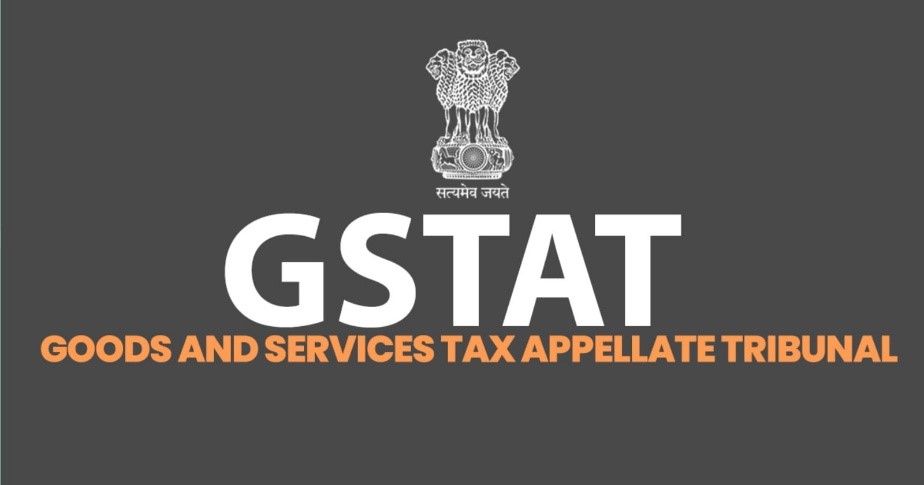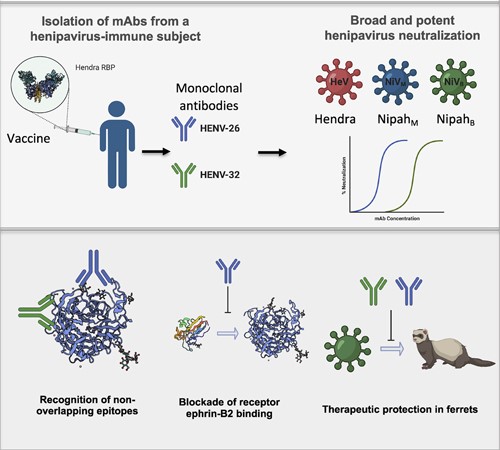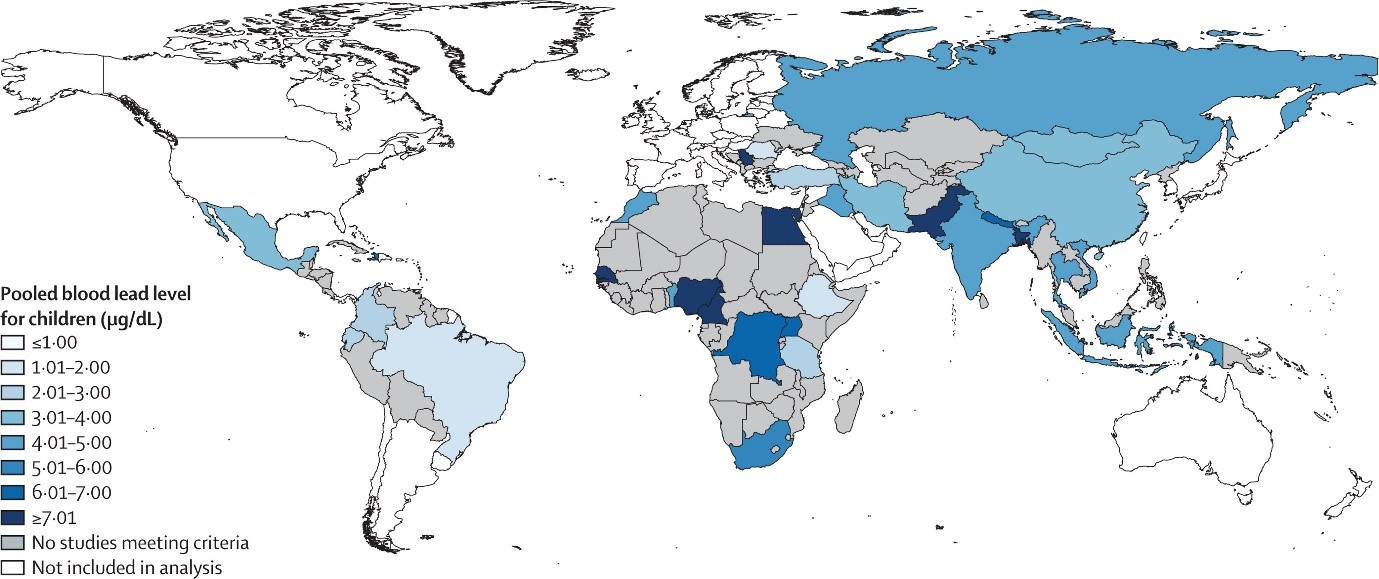- Establishment of GST appellate tribunal across India
- Maratha Quota Demand
- Monoclonal Antibody for Nipah
- India’s name changes and consensus around it
- Study on LEAD exposure
Establishment of GST appellate tribunal across India
Context:
The Finance Ministry has formally established 31 Appellate Tribunals covering 28 States and eight Union Territories to address the increasing number of taxpayer disputes with the Revenue Department arising from the Goods and Services Tax (GST).
What is GST Appellate Tribunal?
- The GST Appellate Tribunal is a quasi-judicial body proposed to be established in India for the resolution of GST-related disputes.
- This independent body will handle appeals against orders issued by GST authorities or the Appellate Authority.
- The tribunal’s structure will include a national bench and several regional benches, with the chairperson appointed by the central government.
- Its primary goal is to expedite dispute resolution within the GST framework and reduce the judicial burden.
Under GST, individuals dissatisfied with decisions made by lower courts can appeal through a hierarchy that includes:
- Adjudicating Authority
- Appellate Authority
- Appellate Tribunal
- High Court
- Supreme Court
Need for such Tribunal
The establishment of the GST Appellate Tribunal serves several vital purposes:
- Unburdening the judiciary: The GST Appellate Tribunal will play a crucial role in addressing the growing number of disputes under the 68-month-old indirect tax regime, thereby alleviating congestion in High Courts and other judicial channels.
- Improving GST System efficiency: Overall, the creation of this tribunal is expected to enhance the efficiency and effectiveness of the GST system in India.
- Independent mechanism: The proposed Tribunal offers an independent and efficient platform for resolving GST-related disputes.
- Preventing tax evasion: By expediting dispute resolution, reducing the judicial burden, and introducing more certainty and predictability into the GST system, this tribunal will help curb tax evasion.
Issues with the current litigation process
- Compliance issues: The relatively recent implementation of the GST system in India in 2017 has resulted in various compliance and rule interpretation challenges.
- Complex adjudication hierarchy: The existing dispute resolution mechanism involves multiple layers of adjudication, beginning with GST officers and proceeding as mentioned above.
- Time-consuming process: This process can be time-consuming, expensive, and burdensome for taxpayers, especially small and medium-sized enterprises.
Significance
The establishment of these tribunals has been in the works since the introduction of the GST regime on July 1, 2017. As of June 2023, the number of pending appeals by taxpayers related to central GST levies has surged to over 14,000.
Maratha Quota Demand
Context:
A Maratha activist has initiated a hunger strike lasting 17 days to advocate for reservations in jobs and education for the Maratha community. The demand for Maratha reservations is expected to gather momentum in anticipation of upcoming Lok Sabha and Assembly elections.
Historical Context of Maratha Reservation Demand:
- Maratha Heritage: Historically identified as a “warrior” caste, the Marathas primarily consist of peasant and landowning groups, representing about one-third of Maharashtra’s population. They have held significant political influence within the state.
- Reservation Demand Origin: The call for Maratha reservations can be traced back to the early 1980s when Annasaheb Patil, the leader of the Mathadi Labour Union, led the first protest rally in Mumbai.
Recent Developments:
- OBC Classification: The Maratha community aims to be classified as Kunbis (Farmers), which would entitle them to benefits within the Other Backward Classes (OBC) quota.
This demand emerged following the Supreme Court’s May 2021 ruling that invalidated Maratha reservations under the state’s Socially and Educationally Backward Class (SEBC) Act of 2018.
- Bombay High Court Verdict: In June 2019, the Bombay High Court upheld the Maratha quota under the SEBC Act but reduced it to 12% in education and 13% in government jobs, aligning with the court’s 50% reservation cap.
- Supreme Court Decision: In May 2021, the Supreme Court declared Maharashtra’s law providing reservations for Marathas unconstitutional, citing a breach of the 50% reservation limit established in the Indra Sawhney (Mandal) judgment of 1992.
- Impact on EWS Quota: Following the Supreme Court’s ruling on the 10% quota for Economically Weaker Sections (EWS), the Maharashtra government declared that economically disadvantaged Marathas could not avail themselves of the EWS quota until the Maratha reservation issue was resolved.
- Government Response: In response to protests and clashes, the government issued a Government Resolution (GR), promising Kunbi caste certificates to specific Maratha community members and referred to an older GR from 2004, pledging reservations for eligible Maratha-Kunbis and Kunbi-Marathas.
OBC Opposition to Maratha Demand:
OBC Associations: Organizations representing Other Backward Classes (OBCs) have opposed the Maratha demand for OBC reservations due to concerns about quota reduction. They argue that the Marathas, as a dominant community, should not share the OBC quota, which is already limited in Maharashtra compared to the national quota.
Allocation of Reservations: Currently, reservations in the state are distributed among various categories, including Scheduled Castes, Scheduled Tribes, OBCs, Special Backward Classes, and others.
Political Implications:
- Polarization: The Maratha reservation issue has led to a pronounced polarization between the Marathas and OBCs in politics. Traditionally, Marathas leaned towards the Congress and NCP, while the BJP and Shiv Sena garnered support from the OBCs.
- Changing Political Landscape: Recent political developments, including factional divisions within parties and evolving alliances, have added complexity to the political scenario, further complicating the resolution of this issue.
Conclusion:
The Maratha reservation issue remains a highly contentious and politically charged matter in Maharashtra, carrying implications for both the state’s social fabric and its political dynamics.
MONOCLONAL ANTIBODIES FOR NIPAH
Context:
In a groundbreaking move, India has reached out to Australia in a concerted effort to secure monoclonal antibody doses for combatting the deadly Nipah virus outbreak currently gripping the state of Kerala.
With the monoclonal antibody having successfully sailed through phase-one trials and administered to 14 individuals across the globe, there is newfound hope for stemming the Nipah tide.
The Nipah Conundrum
- Nipah virus infection, a menacing adversary, currently lacks any effective treatment beyond symptomatic relief.
- With a staggering mortality rate ranging from 40% to a whopping 75%, Nipah poses a substantial and formidable threat.
- To put this in perspective, even during the zenith of the Covid-19 pandemic, the case fatality ratio (CFR) hovered around a mere three percent.
Unlocking the Power of Monoclonal Antibodies (mAbs)
- Monoclonal antibodies (mAbs), a class of therapeutic proteins that have metamorphosed the landscape of medicine and healthcare, are the key to addressing the Nipah challenge.
- These versatile molecules have an impressive array of applications, from treating ailments to diagnosing conditions and advancing scientific research.
mAbs Unveiled: Their Remarkable Architecture
- Monoclonal antibodies are the handiwork of a single type of immune cell, known as a B cell.
- Their nomenclature “monoclonal” arises from their origin, as they are meticulously cloned from a single parent cell.
- These remarkable antibodies boast a distinctive Y-shaped structure, comprising two identical heavy chains and two identical light chains.
The variable region of the antibody exhibits a remarkable precision in binding to specific antigens.
The Vast Realm of Applications
Monoclonal antibodies are true multitaskers, playing pivotal roles in the realms of medicine, science, and diagnostics:
- Disease Warriors: mAbs are invaluable in the treatment of diverse diseases, including cancer, autoimmune disorders, infectious diseases, and more.
- Diagnostic Sleuths: They are indispensable in diagnostic tests like ELISA (enzyme-linked immunosorbent assay) that can detect specific molecules such as antigens or antibodies.
- Scientific Alchemists: Scientists leverage mAbs to unravel and manipulate biological processes. These antibodies, when tagged with fluorescent markers, illuminate the world of cell biology and molecular biology research.
- Seeing the Unseen: Monoclonal antibodies, adorned with radioactive isotopes or fluorescent markers, serve as beacons in diagnostic imaging techniques like PET (positron emission tomography) scans.
- Precision Strike: Their ability to target specific molecules on cancer cells offers a glimmer of hope, as it minimizes collateral damage to healthy cells during cancer treatment.
Navigating Challenges and Pioneering Progress
- Despite their monumental advantages, monoclonal antibodies face challenges such as exorbitant production costs and the potential for triggering immune responses.
- However, technological advances, epitomized by the development of humanized antibodies (containing human components to mitigate immune reactions), have paved the way for surmounting these hurdles.
Conclusion:
In this crucial juncture, as India and Australia join forces to combat Nipah, the spotlight shines brightly on monoclonal antibodies, the unsung heroes of modern medicine, who may hold the key to curbing this menacing viral threat.
India’s name changes and consensus around it
Context:
In a recent twist of linguistic intrigue, Rashtrapati Bhavan’s official invitation has set off a fiery debate, questioning the official nomenclature of India. The contentious issue at hand is the use of the term “President of Bharat” in the invitation, a term not constitutionally recognized. This seemingly minor alteration has ignited a broader conversation encompassing the nation’s identity, politics, and historical context.
Historical Insights:
- In the midst of the Constituent Assembly’s deliberations for India’s Constitution, the debate over the country’s official name arose.
- Varied opinions emerged regarding whether “Bharat” or “India” should be the preferred nomenclature.
- Proponents of “Bharat” highlighted its deep historical and cultural roots, drawing from ancient Indian texts and traditions.
- On the other side, supporters of “India” argued for its international recognition, particularly during the colonial era.
Ambedkar’s Balancing Act:
- To reconcile these divergent views, B.R. Ambedkar, the chairperson of the drafting committee, proposed a compromise.
- He suggested incorporating “Bharat” into Article 1 of the Constitution to accommodate both names.
- The intent was to pay homage to the historical and cultural significance of “Bharat” while preserving international recognition.
Constitutional Perspectives:
- According to Article 52 of the Indian Constitution, the official title is “President of India.” Article 1 reads, “India, that is, Bharat, shall be a Union of States.
- ” While “Bharat” is used in the Hindi translation, it does not exist as an independent word in languages other than Hindi.
- The phrase “that is” in Article 1 is considered clarificatory, explaining that “India” is synonymous with “Bharat.”
The Potential Ramifications of Renaming India to Bharat:
- International Confusion: Using “Bharat” alongside “India” in official communications could lead to confusion in international diplomacy and trade relations.
- Legal Implications: Renaming may necessitate revising existing laws and treaties, posing complex legal challenges.
- Administrative Challenges: Renaming entails substantial administrative efforts, from updating documents to passports, incurring logistical challenges and costs.
- Cultural and Historical Significance: Changing the name could disrupt cultural and historical connections, potentially alienating segments of the population.
- Unity and Inclusivity: Renaming should consider the sentiments of diverse communities to maintain national unity.
- Global Reputation: A nation’s global reputation is closely tied to its name, impacting international perceptions and interactions.
Arguments Against the Rename:
- Confusion in Official Communication: Maintaining a consistent name is crucial for clear diplomatic relations and international agreements.
- Official Name: Republic of India: The official name in foreign communication is the Republic of India, causing potential inconsistencies and misunderstandings.
- Foreign Government Confusion: Foreign governments may be perplexed by varying references.
The Way Forward:
- Constitutional Clarity: Any official name change should follow a formal constitutional amendment process, amending Article 1.
- Historical Context: Consider the historical significance of “India” and its international recognition.
- Linguistic Consistency: Maintain linguistic diversity while ensuring consistency.
- International Relations: Preserve a single, consistent name in official foreign communication.
- Public Sentiment: Engage the public in this decision-making process.
- Historical Symbolism: Address broader symbolism related to colonial legacies.
- Legislative Process: Follow constitutional principles and transparency in the legislative process.
Conclusion:
The debate surrounding “Bharat” vs. “India” requires constitutional clarity and consensus-building. It is essential to reflect the unity and inclusivity that India embodies in any changes. In the spirit of Vasudhaiva Kutumbakam, let us ensure that this decision aligns with India’s rich cultural tapestry.
THE GLOBAL IMPACT OF LEAD EXPOSURE: UNVEILING ITS HIDDEN COSTS
Introduction:
- In the realm of global health, a silent and sinister culprit has emerged from the shadows – lead exposure.
- A groundbreaking study published in The Lancet Planetary Health journal in 2019 shook the world with its revelation: lead exposure was responsible for approximately 5.5 million cardiovascular disease deaths worldwide.
- However, this dark truth is only the tip of the iceberg. As we delve deeper, we uncover a tale of unequal consequences, profound health impacts, and staggering economic costs that rival even the notorious fine particulate matter 2.5 (PM2.5) air pollution.
- Buckle up as we explore the innovative presentation of this global crisis.
Global Impact at a Glance:
- Imagine lead exposure on a global scale, standing toe-to-toe with PM2.5 air pollution in terms of health and economic consequences.
- Yes, you read that right! The study unveiled that lead exposure had a comparable impact, hitting lower-income countries hardest, despite the phasing out of leaded petrol.
- Shockingly, a staggering 95% of the health impacts were observed in individuals residing in low- and middle-income countries (LMICs).
- Deaths from cardiovascular disease in LMICs were six times higher, painting a bleak picture of global inequality.
Unmasking the Health Impacts:
- Let’s dive into the numbers. In LMICs, the average blood lead level was 4.6 micrograms per deciliter (μg/dL), significantly higher than the 1.3 μg/dL in high-income countries.
- This disparity resulted in the loss of a mind-boggling 765 million intelligence quotient (IQ) points in children under five.
- What’s more, IQ loss due to lead exposure in LMICs was nearly 80% higher than previous estimates, with children losing an average of 5.9 IQ points.
- In 2019, cardiovascular disease alone accounted for a staggering 94% of lead exposure-related mortality.
Counting the Coins: Economic Costs of Lead Exposure:
- Now, let’s talk money. The study didn’t just assess health impacts; it also looked at the economic costs. In 2019, lead exposure led to global economic losses totaling a jaw-dropping $6 trillion, equivalent to a colossal seven percent of the global gross domestic product (GDP).
- LMICs bore the brunt, with losses reaching up to a staggering 10% of their GDP. And it doesn’t stop at cardiovascular disease; lead exposure can also pave the way for chronic kidney disease and idiopathic developmental intellectual disability, causing irreparable brain damage and impairing crucial brain development.
Global Concern and Identifying Hotspots:
- This isn’t a localized issue – it’s a global crisis. Shockingly, one in three children worldwide records blood lead levels exceeding the World Health Organization’s tolerable limit of five μg/dL.
- The crisis has hotspots, too, with countries like Iran, Afghanistan, Yemen, Peru, Vietnam, the Philippines, and parts of Central Africa bearing the heaviest burden of lead exposure.
Conclusion:
Lead exposure, once lurking in the shadows, has now emerged as a global menace with devastating health and economic consequences.
As we shine a light on this crisis, let us remember that innovative solutions and international cooperation are the keys to preventing further loss of life, intelligence, and prosperity.
It’s time to take action and protect our planet from the silent intruder, lead exposure.





